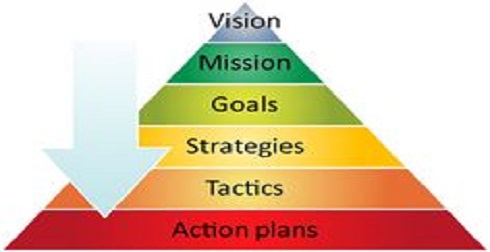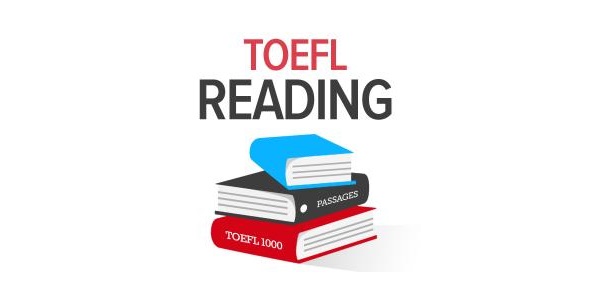TOEFL Listening Test- The prestigious and widely-taken TOEFL iBT (Test of English as a Foreign Language – Internet Based Test) is divided into 4 sections. These are Reading, Writing, Listening, and Speaking. The test totals to 120 marks with 30 marks for each of the four sections. Renowned universities may require a TOEFL iBT score of 100 and above, which is a tough nut to crack. However, with proper preparation, you can achieve a great score in TOEFL, which opens up copious amounts of study and work opportunities abroad.
TOEFL Listening Section (iBT Paper)
The Listening section measures your ability to understand conversations and lectures in English. In TOEFL iBT, the listening section carries 30 marks, a quarter of the entire paper. It consists of
- 4-6 lectures (6 questions each) and
- 2-3 conversations (5 questions each), each lasting 3-5 minutes. The whole section usually lasts 60-90 minutes.
There would be several Multiple Choice Questions following each lecture and conversation.
Remember: NOTE TAKING IS ALLOWED
TOEFL Listening Section (PBT Paper)
TOEFL PBT (Paper based/delivered test) is another variation of the TOEFL Listening test, but the availability and outreach of TOEFL PBT is capped in comparison to the iBT test. Students may go for any of the tests after checking with their desired universities.
The Listening Comprehension section of PBT measures the ability to understand spoken English. It is 30-40 minutes long section with 50 questions in total.
The Listening comprehension is divided into 3 parts – A, B and C. In Part A, you will hear short conversations between two people. Following this would be a multiple-choice question. In Part B, the conversations would be longer and could be between 2 or more people. There will be several questions following Part B conversations. In Part C, there will a narrator speaking about a specific topic or delivering a talk/lecture/discussion. There will be several MCQs following each talk.
Remember: NOTE TAKING IS NOT ALLOWED
What will the questions be like?
The questions will require you to:
- Comprehend the main idea, major points and important details related to the main idea.
- Recognize a speaker’s attitude and degree of certainty
- Recognize a speaker’s function or purpose
- Recognize the organization of information presented
- Understand the relationships between ideas presented (for example: compare/contrast, cause/effect or steps in a process)
- Make inferences and draw conclusions based on what is implied in the material
- Make connections among pieces of information in a conversation or lecture
- Recognize topic changes in lectures and conversations, and recognize introductions and conclusions in lectures.






















































